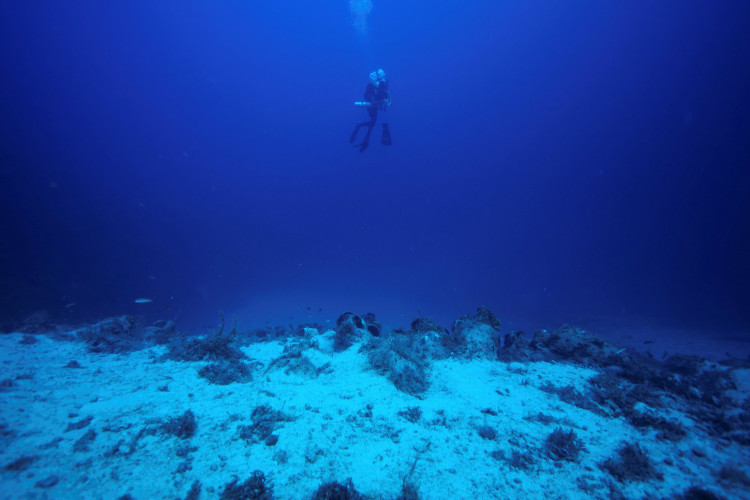Canada recently confirmed that the country will be installing underwater monitoring devices made by Chinese scientists. The North American country said that these devices will be used by the Ocean Network Canada which aims to monitor some United States nuclear submarine base.
Ocean Network Canada confirmed that it had tapped the services of Chinese scientists in order to successfully install four monitoring devices in the United States' Pacific coast. The monitoring devices are located about 300 kilometers of the country's Pacific coast.
The instruments are described as high-tech sensors which will be used to monitor the underwater environment. These instruments are connected into Ocean Network Canada's massive grid of marine observatories which stretch from the northeast Pacific well into the Arctic region.
The network is operated by the University of Victoria in British Columbia. Despite this, the four newly added instruments are considered the property of the Sanya Institute of Deep-Sea Science and Engineering, a united of China's Academy of Sciences, which incidentally also developed and built the devices.
The four new sensors are attached to the Endeavor segment of the Juan de Fuca Ridge. The devices were installed using a remote-controlled submersible owned by the Canadian Coast Guard. The installation took place on June 27.
Now that the devices are fully operational, they can be used to provide real-time streaming of data collected in the area. The data are streamed directly to the Chinese institute's control centers which are located in Sanya, a city located on the island province of Hainan.
Although Ocean Network Canada confirmed that it had installed the Chinese devices on its network, the institution did not provide any information regarding what the data gathered will use for or how these data might be used.
On the side of the Chinese institute, they also did not comment when asked regarding how and where the data gathered will be used for.
According to some observers, the data collected by the instruments will help Chinese marine and ocean scientists to have a better understanding of the marine ecology and environment. Moreover, the project will also help the group have a better look at the structure and how one of the world's largest and most advanced underwater observatories operate.
Despite the fact that the Chinese military has no involvement in the project, it did not deter some observers to suggest that the devices can be used to track submarines and other marine vessels. Moreover, environmental data collected by the devices are also valuable both to civilian and non-civilian researchers.






